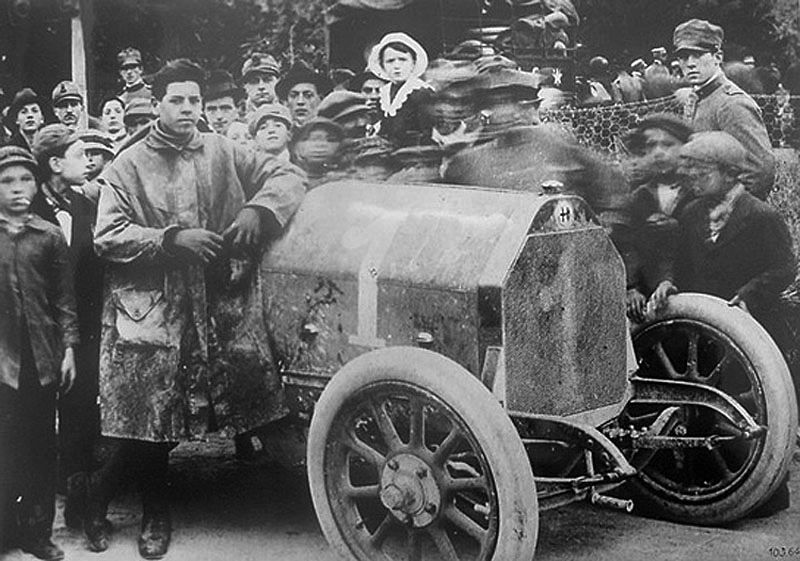Giulio Ramponi Biography
Giulio Ramponi was born in Milan on 8 January 1902. His father died while he was still a small boy and his mother re-married. Giulio showed an aptitude in mechanical matters and took a technical course at the Arti e Mestieri school in via Santa Maria. While working for Pelizzola, a fuel pump company he attracted the attention of Giuseppe Campari, A friend of his stepfather’s, who was looking for a riding mechanic for the imminent Parma-Poggio di Berceto hill climb. Ramponi joined Alfa Romeo as an apprentice while acting as riding mechanic to Campari. At Alfa Romeo, he duly passed through the engine test section, then spent six months on running gear assembly. Ramponi then joined the experimental department run by Luigi Bazzi. At the same time, Ramponi received driving lessons from Attilio Marinoni, the company’s chief test driver.
He was driving a big, pre-war Alfa, but when the bonnet flew off, I had to retrieve it and lie along the cowl holding it down! Exhausted but ecstatic when they crossed the line, for the burly Campari was not known for his smooth driving style, I jumped to the ground before the car stopped and fell flat on my face, in front of the crowds! But the great driver Felice Nazzaro was so good, he helped me up and congratulated me! – Ramponi
No Subscription? You’re missing out
Get immediate ad-free access to all our premium content.
Get Started



